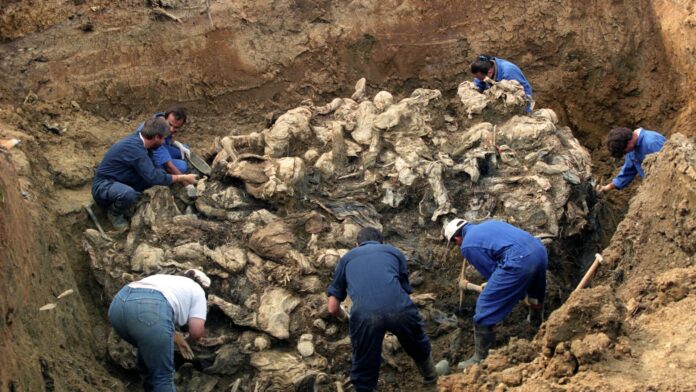Archaeologists have made a surprising find in the heart of Nuremberg, uncovering new insights into the city’s troubled past. Initially tasked with inspecting a site for new apartment construction in the Franconian region of Bavaria, Germany, the team has unearthed what may be the largest mass grave ever found in Europe. Over a thousand skeletons, victims of the Black Death, have been discovered, offering a unique glimpse into a period of great turmoil and transformation.
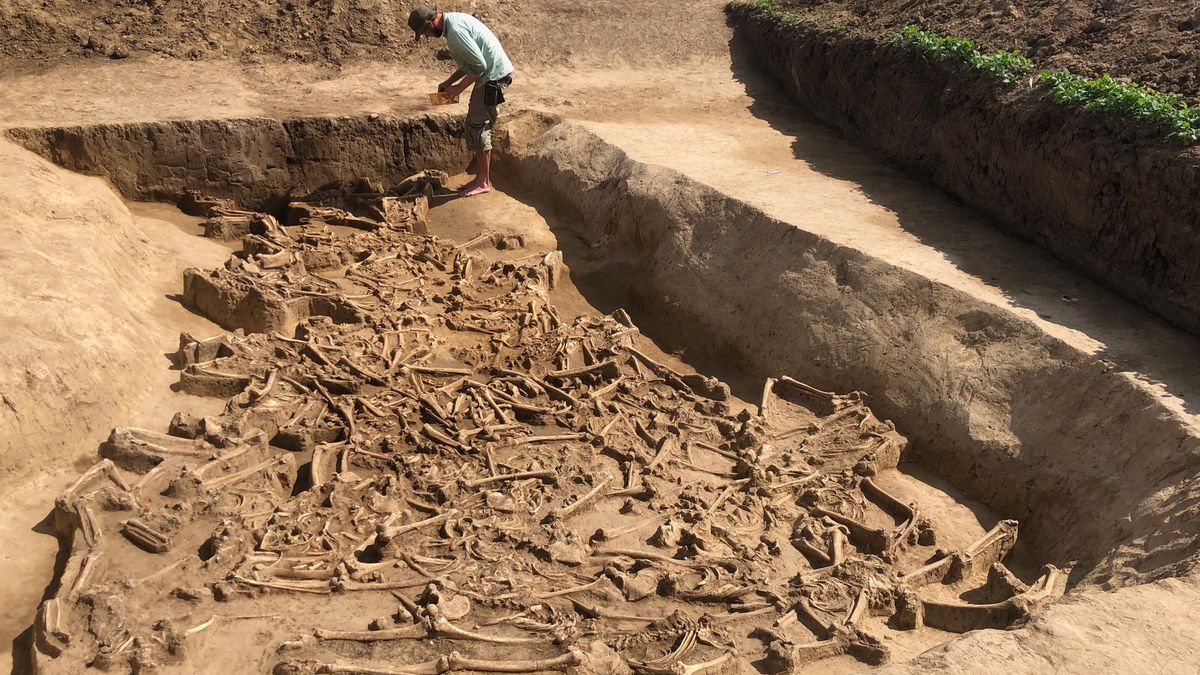
Unveiling the Mass Grave
The discovery exceeded initial expectations, as researchers had anticipated finding remnants from the Thirty Years’ War. Instead, they uncovered eight mass graves linked to two separate Black Death outbreaks. Three of these graves have been extensively explored so far, with the bones exhibiting an unusual green tint due to centuries of exposure to metal oxides, including copper, adding an eerie aspect to the find.
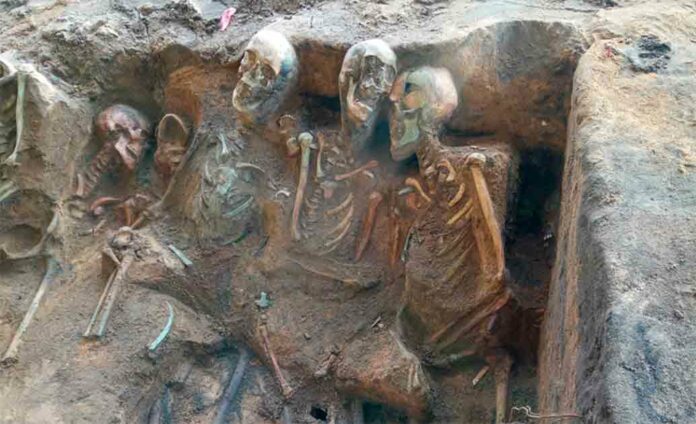
Differentiated by stratigraphic layers, the graves indicate varying burial times before and after the construction of the city’s fortifications in 1634 AD, according to a press release by In Terra Veritas, the archaeological service leading the investigation.
Chronicles of the Plague
Radiocarbon dating and historical artifacts, such as silver coins and pottery shards, have provided preliminary dating for the graves, suggesting they span from the late 15th to the early 17th centuries. These periods correspond to Nuremberg’s plague outbreaks, which devastated the city and necessitated emergency burial procedures due to the overwhelming number of victims. The plague wreaked havoc on Nuremberg, with three major outbreaks and several smaller ones between the 16th and 17th centuries, claiming the lives of 5,000 individuals in 1533, 10,000 in 1563, and 15,000 in 1634.
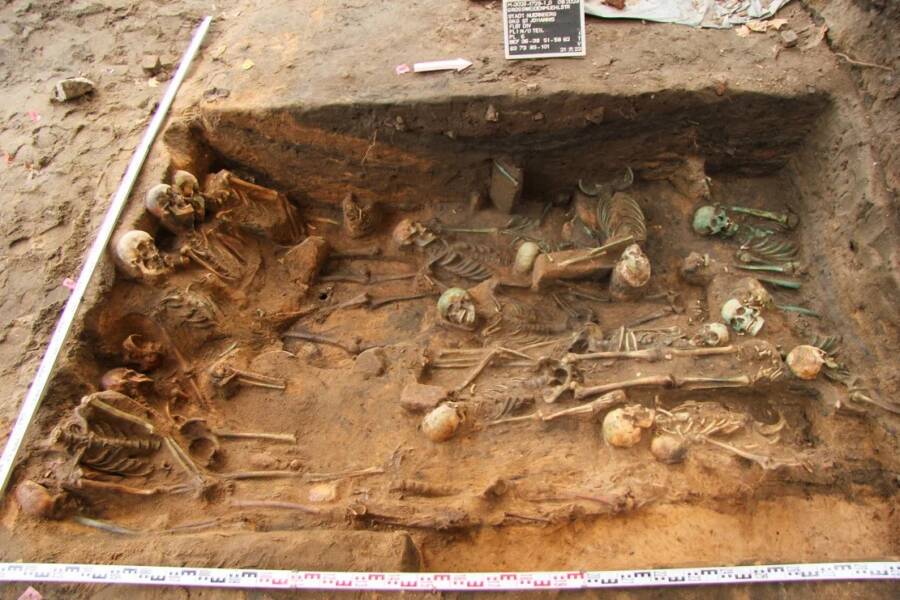
The ongoing excavation has revealed chilling details about the mass burials. Bodies were tightly packed in layers, with adults often seated and infants filling the gaps, illustrating the desperate need for space.
Scientific and Historical Significance
This discovery offers unparalleled opportunities for further research and understanding. The mass graves provide a cross-sectional view of Nuremberg society during a critical historical period. Anthropological and forensic analysis promises insights into the health, genetics, and social structures of the time.
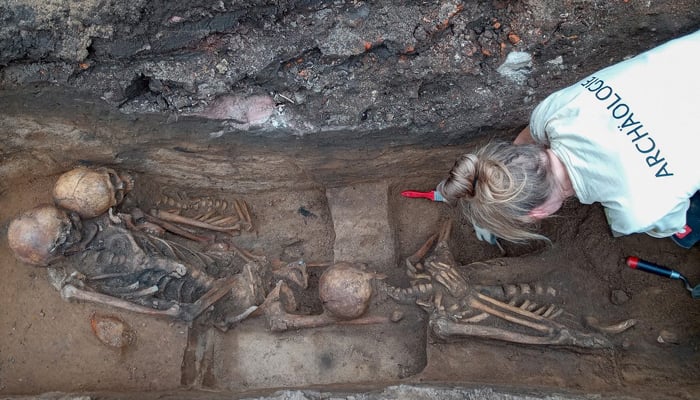
The significance of this find is not lost on the experts involved. Julian Decker, head of the excavation and CEO of IN TERRA VERITAS archaeological services, described the project as “a thrilling experience and a once-in-a-lifetime opportunity.” Anthropologist Florian Melzer highlighted the exceptional condition of the skeletons, enabling detailed examinations and new understandings of past lifestyles and diseases. Melanie Langbein from Nuremberg’s Department for Heritage Conservation emphasized the unprecedented nature of the discovery, underscoring its importance for the city and historical scholarship.

This remarkable discovery in Nuremberg opens a new chapter in understanding the impact of the Black Death on European society. As research continues, the stories of the city’s past victims, who fell prey to one of history’s most notorious pandemics, are finally being told, providing valuable lessons and insights into a bygone era.



